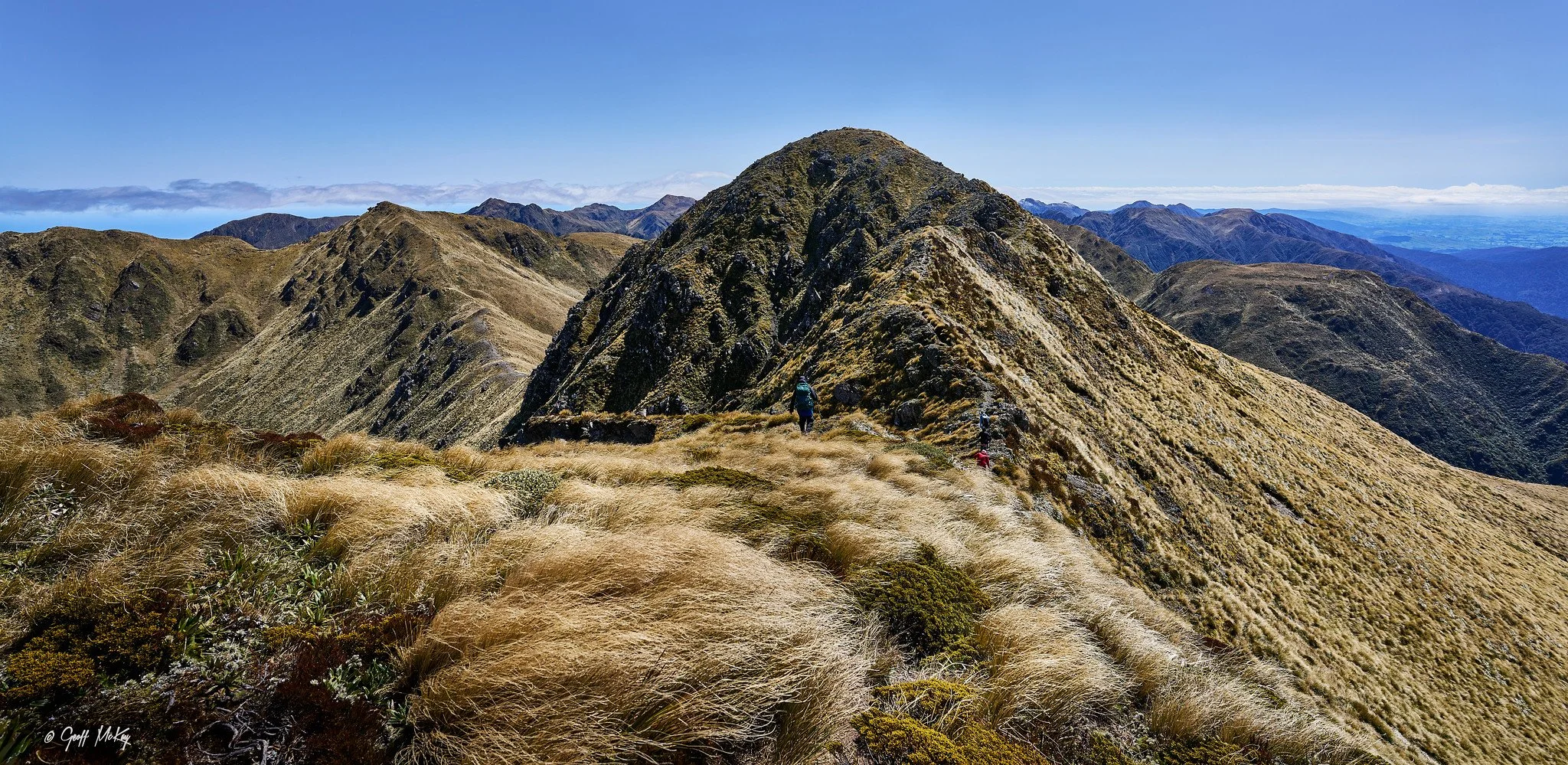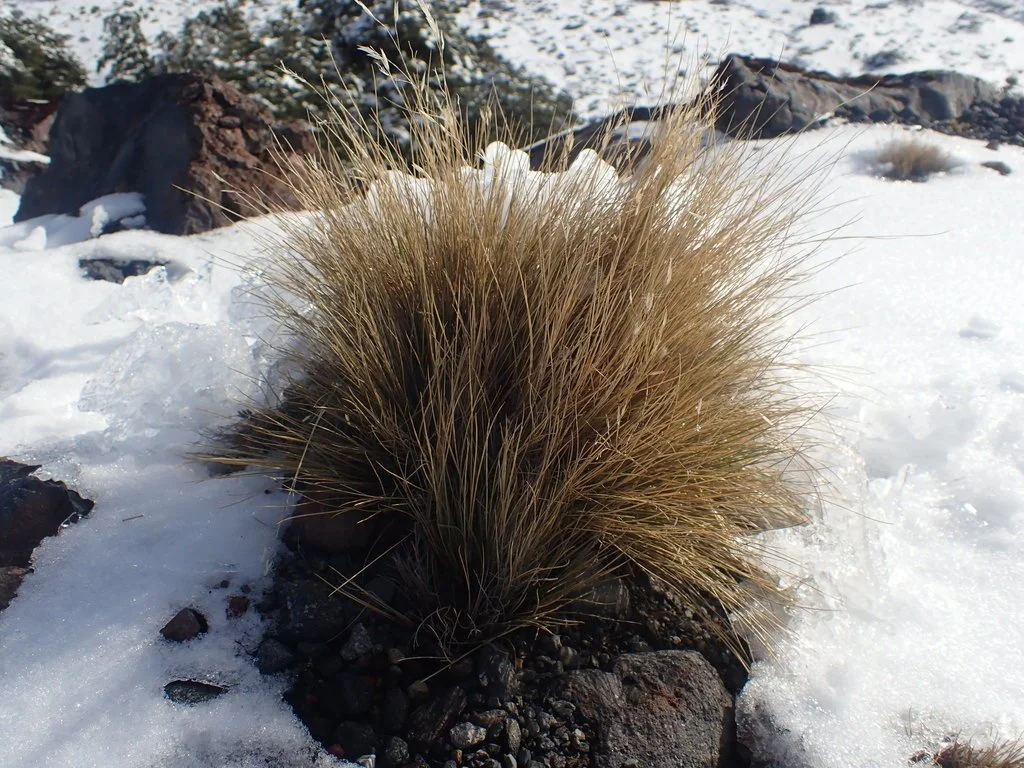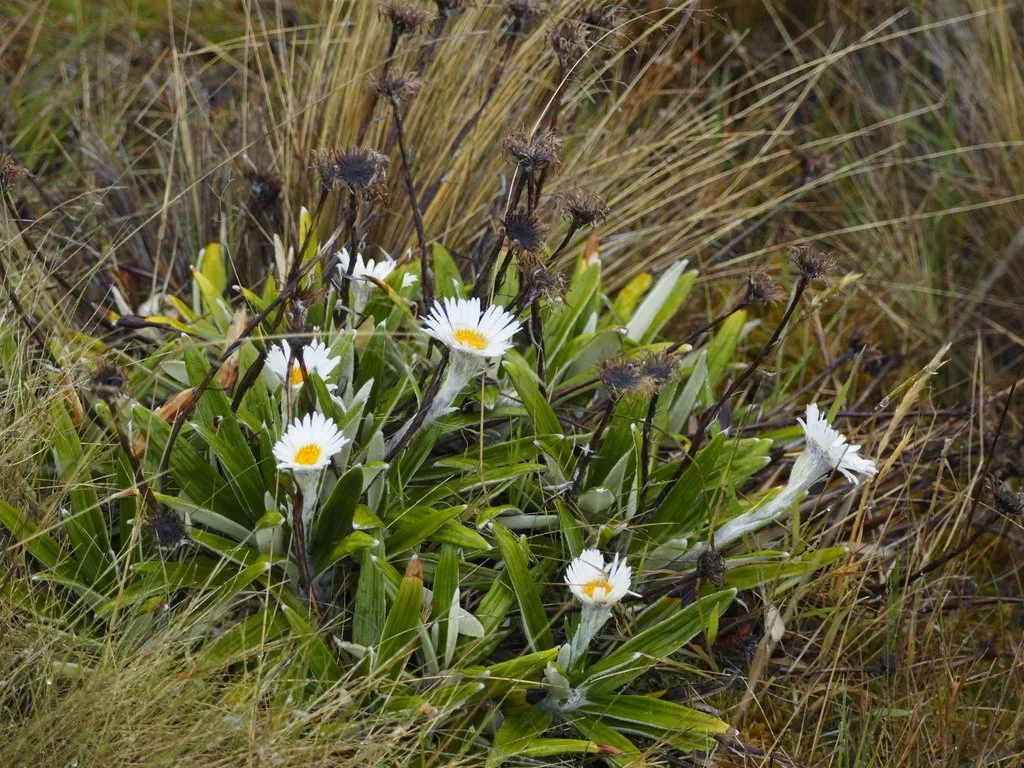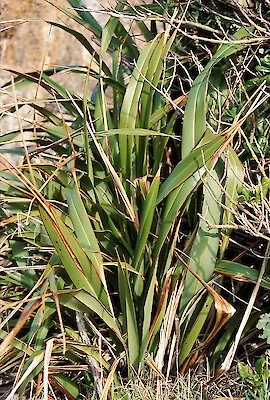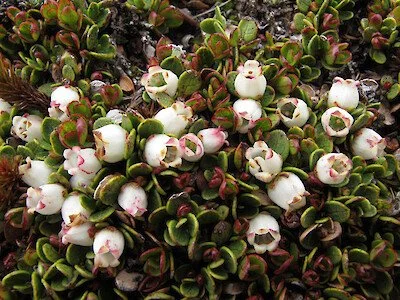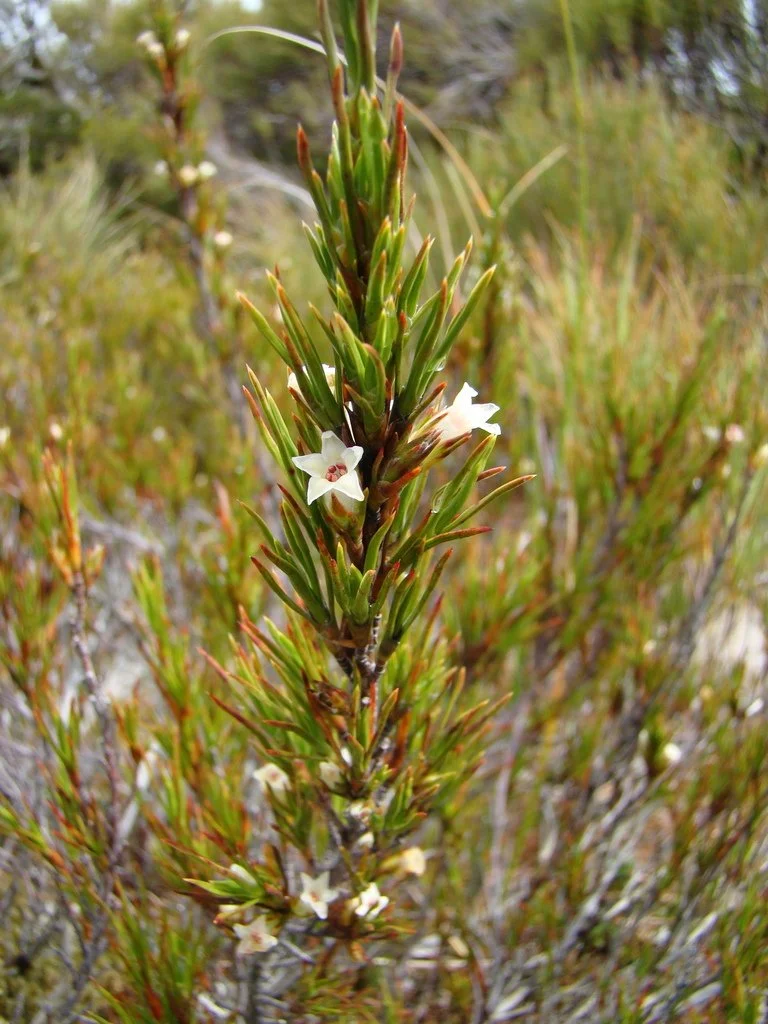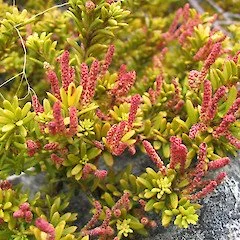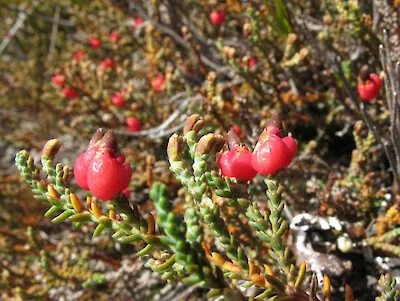Scrub, tussock-grassland, and herbfield above treeline
Scrub, tussock-grassland, and herbfield above treeline ecosystem is most extensive about the South Island’s main divide, but significant areas also occur on the North Island’s volcanoes, and along the crests of the Kaimanawa Mountains and Ruahine and Tararua Ranges.
Large herbs (like mountain flax, Ranunculus, Celmisia and Aciphylla) and low shrubs (e.g., Coprosma, Myrsine, Gaultheria, Dracophyllum, Lepidothamnus and snow tōtara) share dominance with the tussocks, especially in the lower part of the zone.
Beech tree lines tend to be abrupt, especially in the drier eastern mountains. However, in wetter areas and where the tree line forest is non-beech (mostly mountain tōtara, cedar, southern rātā and kāmahi), the limit of tall trees tends to be lower yet again, and a highly diverse collection of small trees and shrubs forms a diffuse, often impenetrable forest-shrub zone.
The projected natural range of the scrub, tussock-grassland, and herbfield above treeline ecosystem is 2,257,987 hectares.
Common native species, photos courtesy of NZ Plant Conservation Network and iNaturalist:
Photo by Geoff McKay
Red Tussock - photo by Jeremy R. Rolfe
Broad-leaved Snow Tussock - photo by Jon Sullivan
Mid-ribbed Snow Tussock - photo by Jeremy R. Rolfe
Creeping Matipo (Myrsine) - photo by John Barkla
Bristle Tussock or Mountain Danthonia - photo by Javier
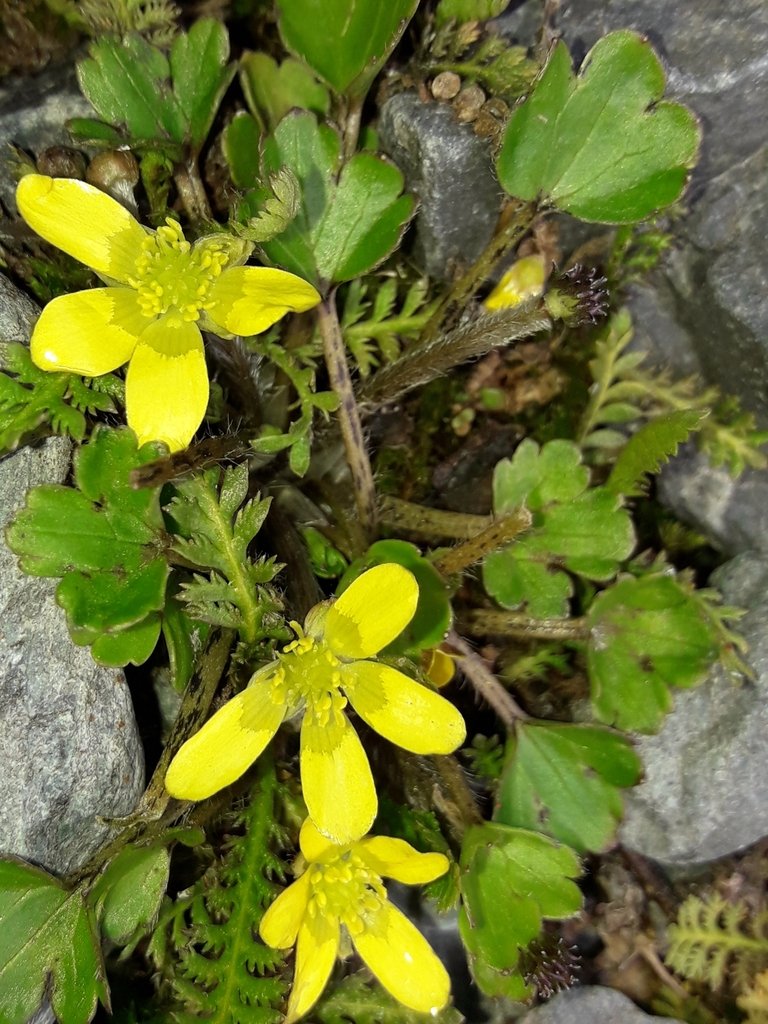
Grassland Buttercup (Ranunculus) - photo by naturewatchwindow
Common mountain daisy (Celmisia) - photo by Saryu Mae
Aciphylla similis - photo by Roland Godon
Mountain Flax - photo by Jeremy R. Rolfe
Coprosma perpusilla - photo by John Barkla
Gaultheria nubicola - photo by John Barkla
Inaka (Dracophyllum) - photo by Lisa Bennett
Snow Tōtara - photo by John Barkla
Pygmy pine (Lepidothamnus) - photo by John Barkla

